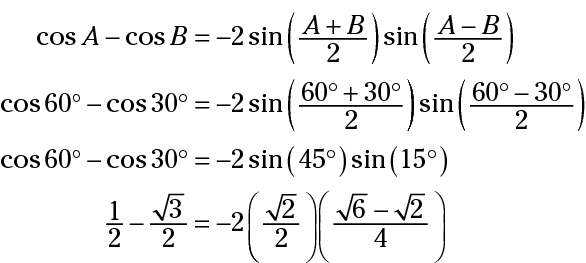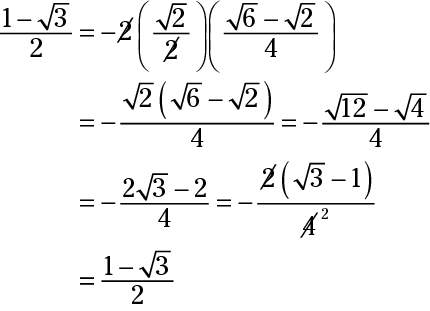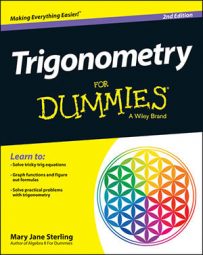The sum to product identities are useful for modeling what happens with sound frequencies. Think of two different tones represented by sine curves. Add them together, and they beat against each other with a warble — how much depends on their individual frequencies. The identities give a function modeling what’s happening.
The first identity takes two different angles, A and B, and adds their sines together. The result: twice the product of the sine and cosine of two new angles that are created by halving the sum and difference of the angles. See for yourself:

You can technically call this next identity a difference-to-product identity, although math gurus usually classify it with the sum-to-product identities. Of course, you can consider the difference to be a sum if you call it the sum of a sine and the opposite of another sine.

This next identity involves the sum of the cosines of two angles.

As you probably expect, the last sum-to-product identity has the difference of the cosines of two angles.

For a look at how you use these identities, check out the difference of the cosines of angles A = 60 and B = 30.

Use the sine of 15 degrees. Simplifying,


